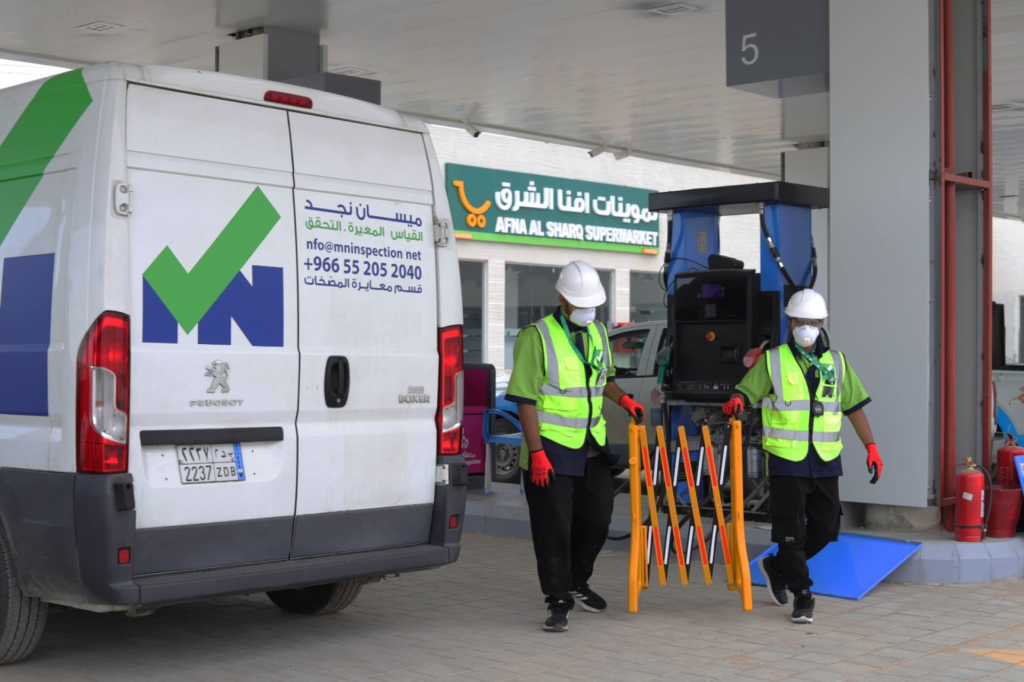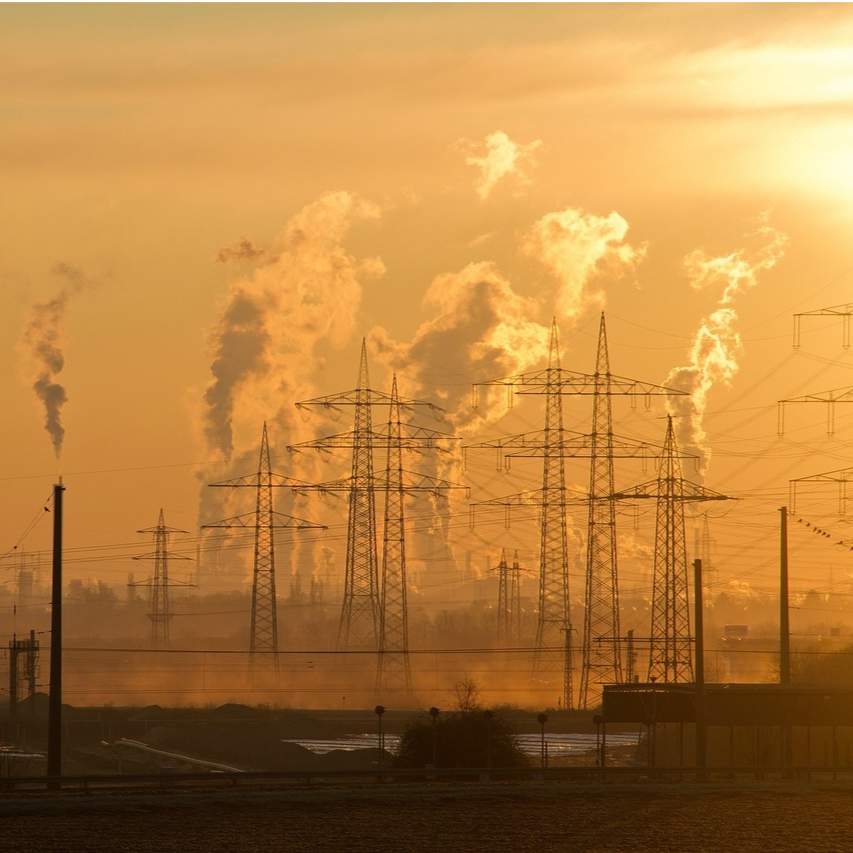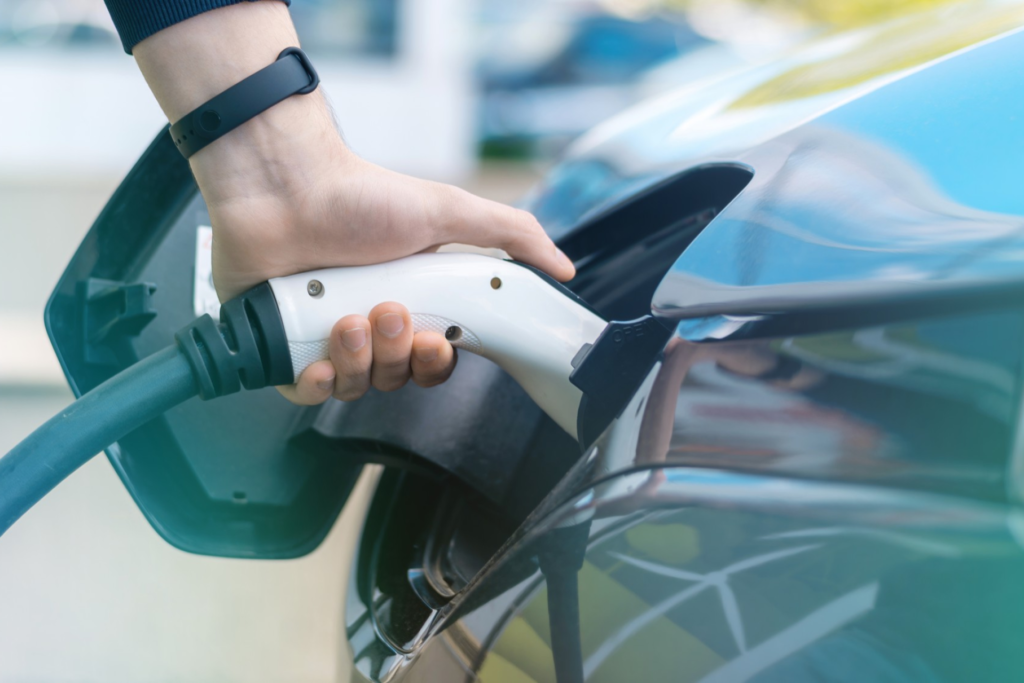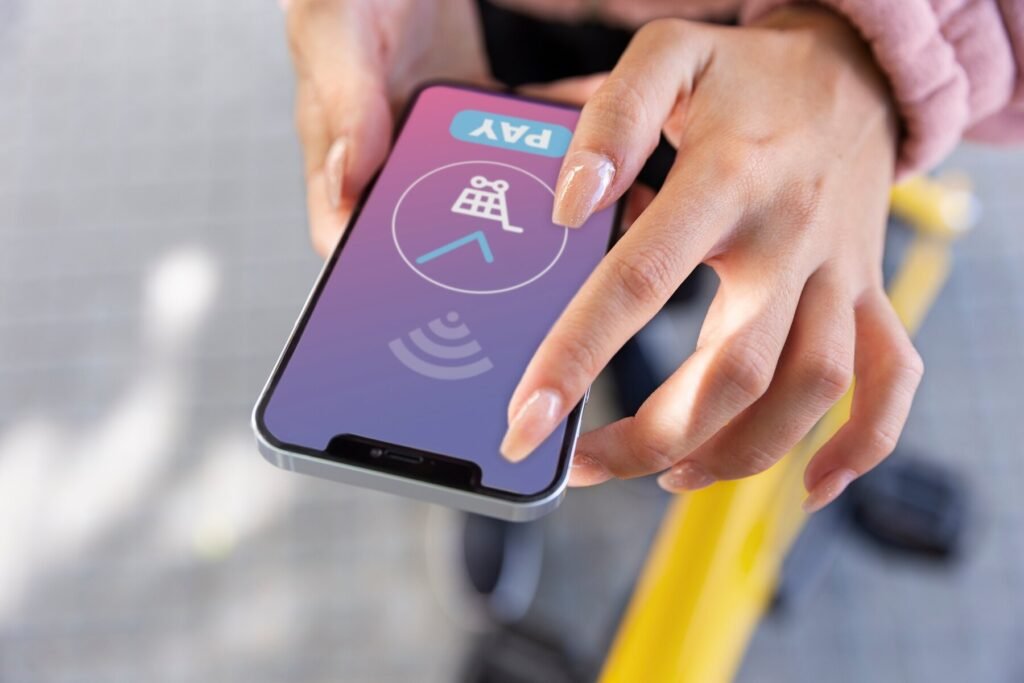
Device Health Monitoring Unit
Fuel Distribution Equipment Unit is a series of functions designed to assess and ensure effective operation, safety, and compliance with regulations for fuel distribution equipment.
This approach allows for real-time monitoring, early detection of pollution sources, and the implementation of effective mitigation strategies.
Smart inspection is a centralized software solution that helps create and schedule inspection tasks, generate various types of inspection checklists, report inspections, and monitor the entire inspection process.
Build a centralized smart inspection system to cover a wide range of inspections within the organization’s responsibilities.
Improve the inspection process by providing a smart system that delivers fast, secure, and highly accurate inspection results.
1. Centralized, customizable control panels to manage the system.
2. Perform various inspection tasks on a single platform.
3. Centralized and well-monitored system.
4. Save time and reduce costs.
5. Automatically generate inspection checklists based on feedback.
6. Centralized database for all information.
7. Easy access for end-users.
8. Build a professional base of inspectors.
9. Data can be entered manually or imported automatically.
1. Register company information via the web.
2. Companies can register their employees.
3. Smart inspection supervisors can create inspection tasks, track inspection reports, violations, etc.
4. Smart inspection supervisors can review inspection guidelines.
1. Internet browser
2. Mobile devices
3. Tablet
End-users can control operations, modify, and control the flow of processes.
End-users for inspection control can modify or control a specific inspection process.
End-users can issue and print required reports based on their access permissions.
Through the monitoring dashboard, inspection supervisors can track inspectors and review inspection reports and results. Based on the inspection results, supervisors can send feedback to the guidelines unit.
The Inspection Tasks module will create inspection tasks based on:
- Registered customers
- Registered employees
Inspectors must follow up on assignments to issue reports.
This unit controls system security and includes:
- Token security
- Software user security
This unit creates an inspection task schedule based on well-defined criteria.
In this unit, the inspection supervisors provide the smart inspection system with guidelines for the inspection process that the inspector must follow.

Deploy air quality sensors at construction sites and fields to measure pollutant levels such as particulate matter (PM), nitrogen oxides (NO2), sulfur oxides (SO2), and volatile organic compounds (VOCs).
Use real-time data from these devices to assess air quality levels and identify potential pollution sources.



Fuel Distribution Equipment Unit is a series of functions designed to assess and ensure effective operation, safety, and compliance with regulations for fuel distribution equipment.

Inspection of electric vehicle (EV) charging stations is essential to ensure their functionality and safety, and improve the overall user experience.

Intelligent Property Management System for Gas Stations Tenants Smart Tenant Assistant provides many benefits to tenants: 24/7 Support Provides 24/7
We schedule a call at your convenience
We do a discovery and consulting meeting
We prepare a proposal